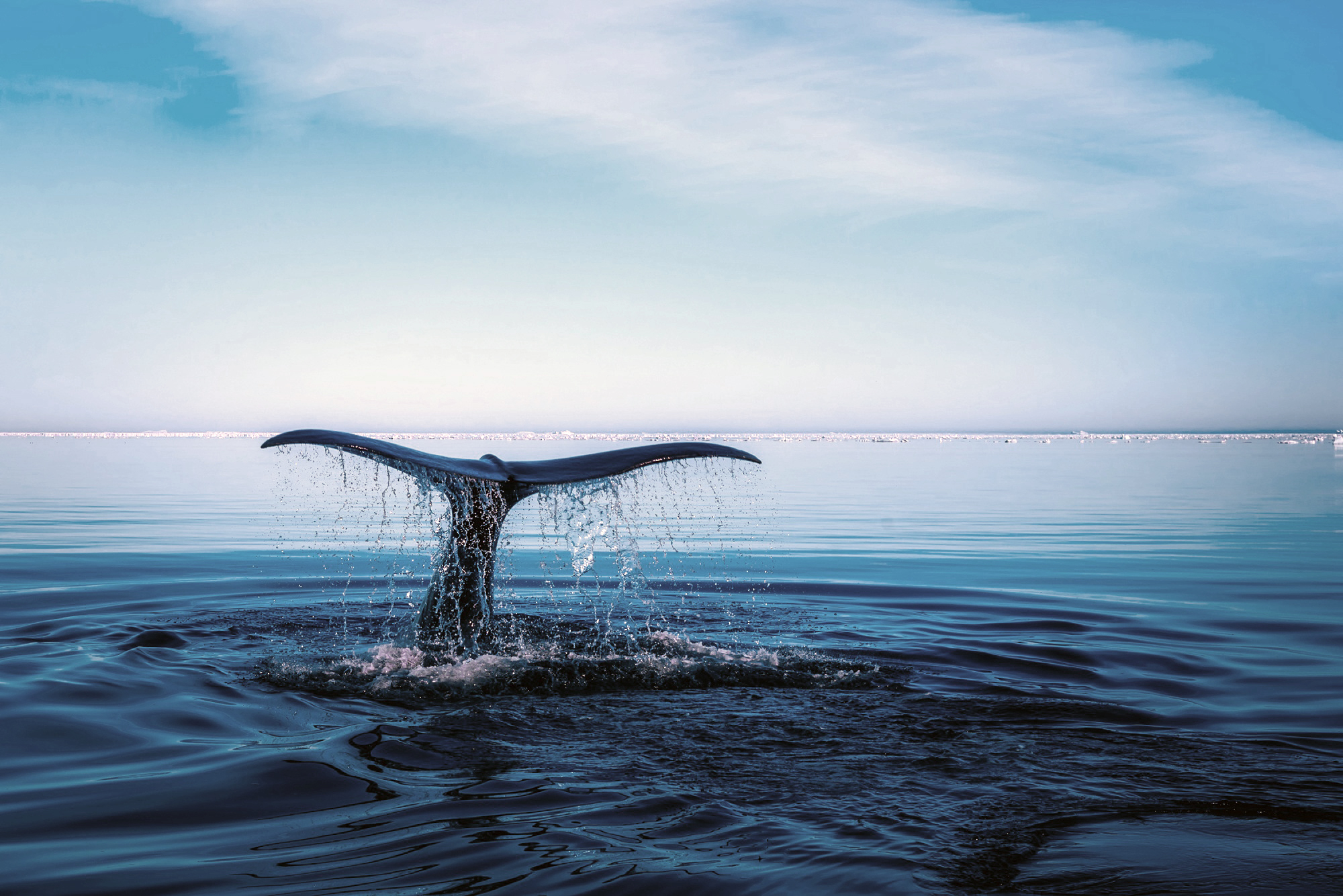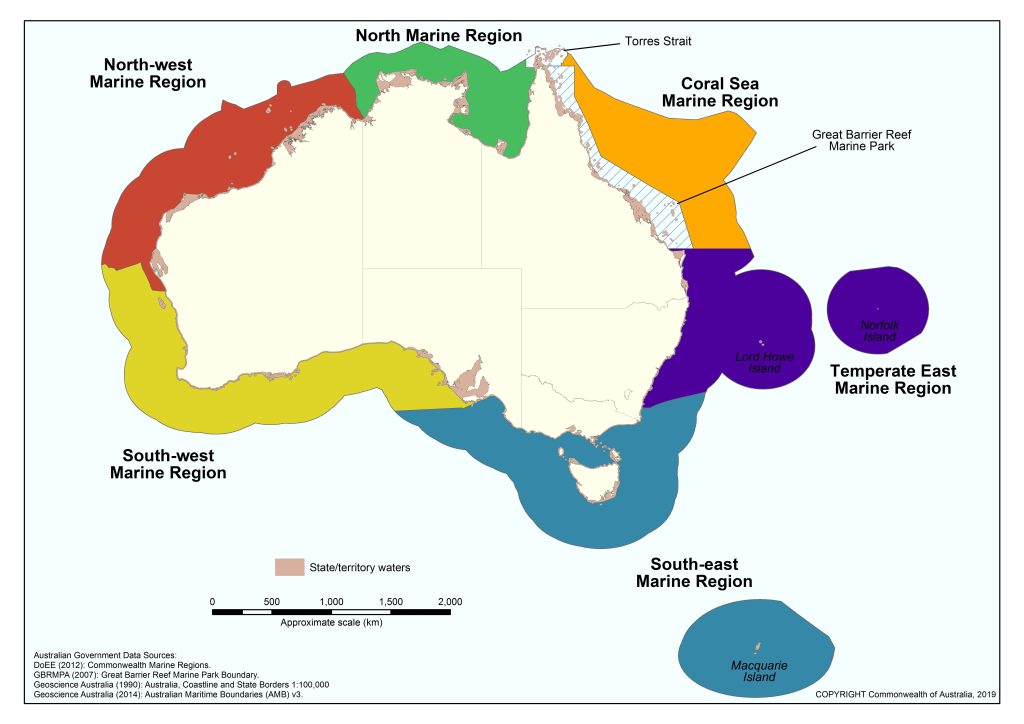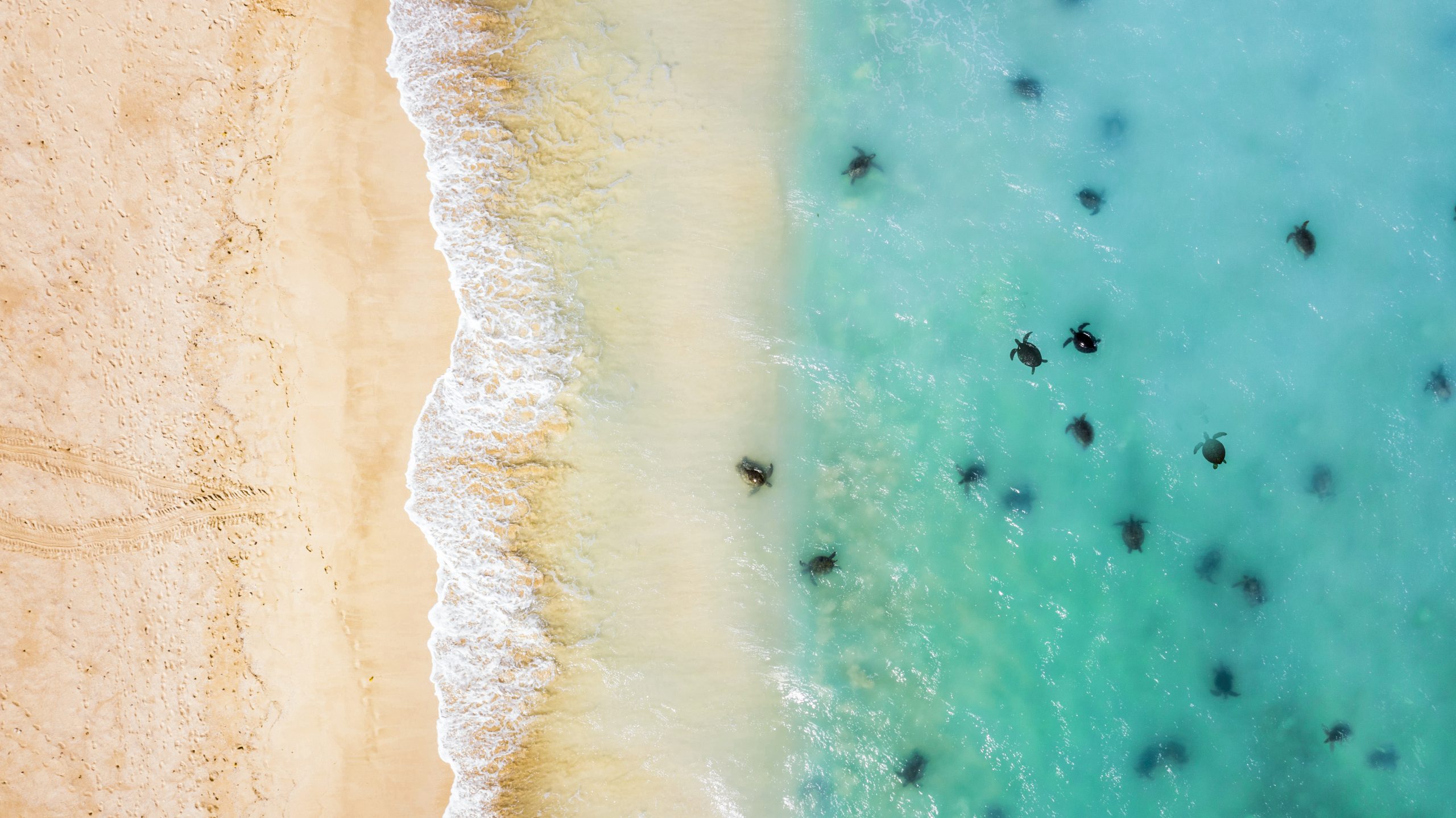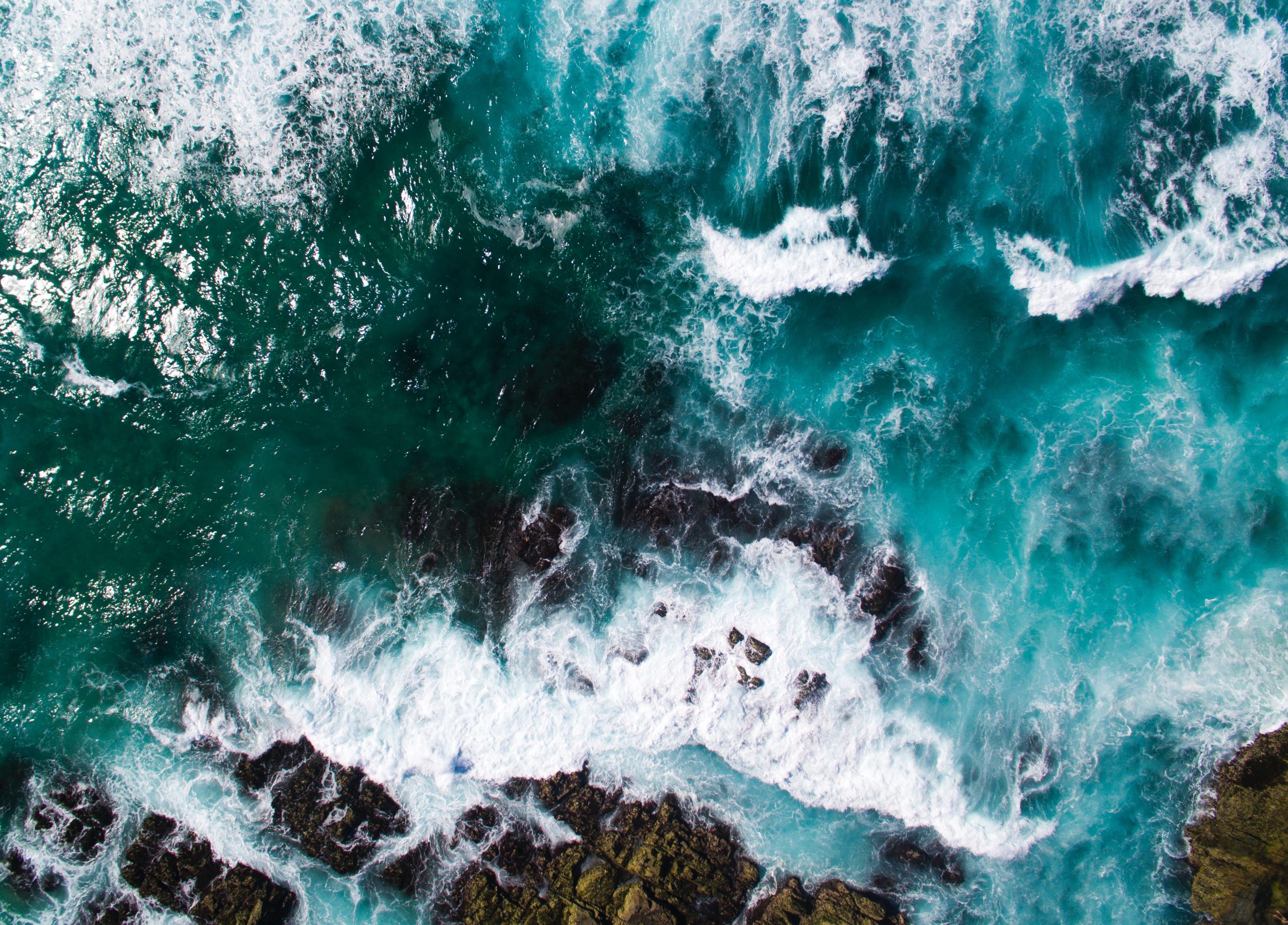
What are Commonwealth Marine areas and why are they protected?
Covering millions of square kilometres, Australia is the steward of the world’s third largest marine territory. Commonwealth marine areas provide protection and sanctuary for some of the most diverse marine life on the planet, including fish, whales, dolphins, dugongs, turtles and birds.
Climate threats to Commonwealth Marine areas
Commonwealth marine areas in Australia are divided into six marine park networks: the North, North-west, South-west, South-east, Temperate East and Coral Sea networks.

Our research focused on five of these networks, and found climate change has and will likely continue to impact all of them.
Temperature East Marine Region

An example of a marine region under threat is the Temperate East Marine Region, which includes eight Australian Marine Parks from the coast off New South Wales to waters off world-renowned Norfolk Island and Lord Howe Island.
These marine parks include canyons on the continental shelf, sub-tropical reefs, spectacular underwater seamount chain and an extraordinarily diverse sea life. They are breading grounds for seabirds, migratory paths for humpback whales, and home to critically endangered grey nurse sharks and vulnerable black cods.
For Elizabeth and Middleton Reefs in the Temperate East Marine Region, large scale effects of climate change such as shifts in major currents, rising sea levels, ocean acidification, and changes in sea temperature, winds, storm frequency and intensity are a source of pressure on marine species and natural features (such as reefs, canyons and seamount chains).1

Elizabeth and Middleton Reefs,
Lord Howe Marine Park,
IUCN protected area.
-
Read more evidence on climate risk to the Temperate East Marine Region
The Marine Bioregional Plan for the Temperate East Marine Region identifies climate change and associated large-scale effects (including shifts in major currents, rising sea levels, ocean acidification, and changes in the variability and extremes of climatic features such as sea temperature, winds, storm frequency and intensity) as a main driver and source of pressure on conservation values in the region.2
These conservation values include various marine species (such as inshore dolphins, marine turtles, sharks and seabirds) as well as natural marine features (such as reefs, canyons and seamount chains).3
Changes in sea temperature and ocean acidification as a result of climate change have been identified as pressures of concern to the Elizabeth and Middleton reefs.4
The Commonwealth Marine Environment Report Card for the Temperate East Marine Region notes:5
- Sea level rise as a result of climate change has been rated of potential concern for Elizabeth and Middleton reefs: a sudden increase in sea level may change coral assemblages by altering light levels required for coral growth, particularly if the rise is associated with increased turbidity due to wave-induced erosion or deposition from increased storm frequency; consequently, rising sea levels may impact on shallow reef systems and the species that depend on them, such as seabirds and turtles that forage in these areas.
- Changing sea temperature is of concern for Elizabeth and Middleton reefs, and of potential concern to the remaining seven key ecological features of the region. Key ecological features that support important aggregations of marine life and biodiversity at or near the sea surface are vulnerable to rising sea temperatures; for example, there are predictions of coral bleaching and large-scale mortality; changes in the distribution of pelagic fish, with species moving further south; and altered breeding success among seabirds.
- Ocean acidification is of concern for Elizabeth and Middleton reefs, and of potential concern to the Tasmantid and Lord Howe seamount chains, Norfolk Ridge and the shelf rocky reefs.6 Direct impacts of ocean acidification are expected to be most marked for organisms with calcareous skeletons, such as corals, plankton, molluscs and echinoderms. Increasing acidity reduces the ability of these organisms to form skeletal structures, which is likely to affect not only their ability to function within the ecosystem, but also the workings of the ecosystem itself. For Elizabeth and Middleton reefs, as well as the northern subtropical regions of the Tasmantid and Lord Howe seamount chains, it is likely that increased ocean acidity will reduce coral growth rates and resilience, making the reef systems more susceptible to erosion and disturbance from storms. Corals provide structural habitat complexity for a range of invertebrates and fish. Any impact on coral reef habitat is therefore likely to change the distribution and abundance of species that depend on them for food and shelter.
-
Endnotes
1 Marine Bioregional Plan, Temperature East Marine Region (2012), 30-37.
2 Marine Bioregional Plan, Temperature East Marine Region (2012), 27.
3 Marine Bioregional Plan, Temperature East Marine Region (2012), 30-37.
4 Marine Bioregional Plan, Temperature East Marine Region (2012), 66.
5 Commonwealth Marine Environment Report Card, Temperate East Marine Region (2012), 21.
6 Commonwealth Marine Environment Report Card, Temperate East Marine Region (2012), 21.




